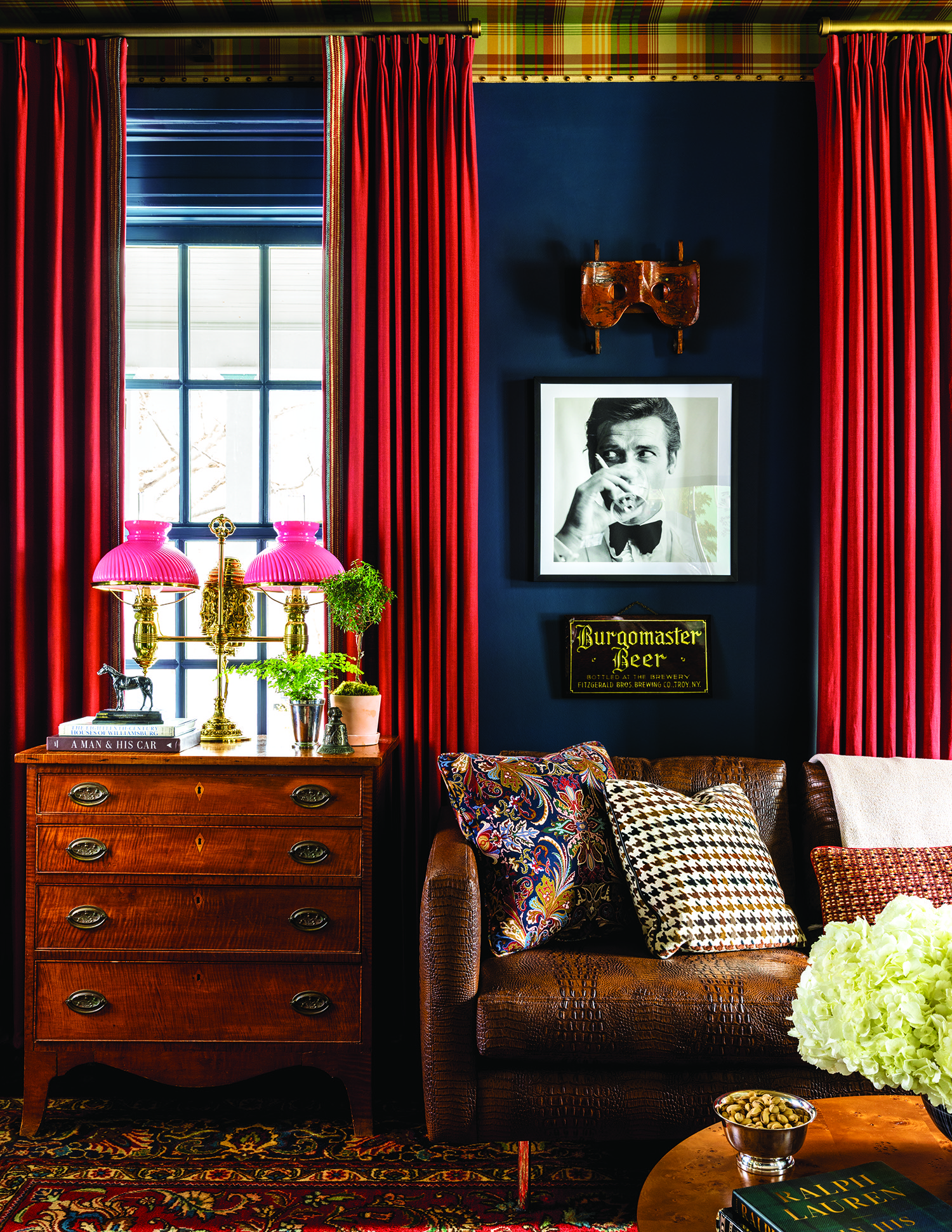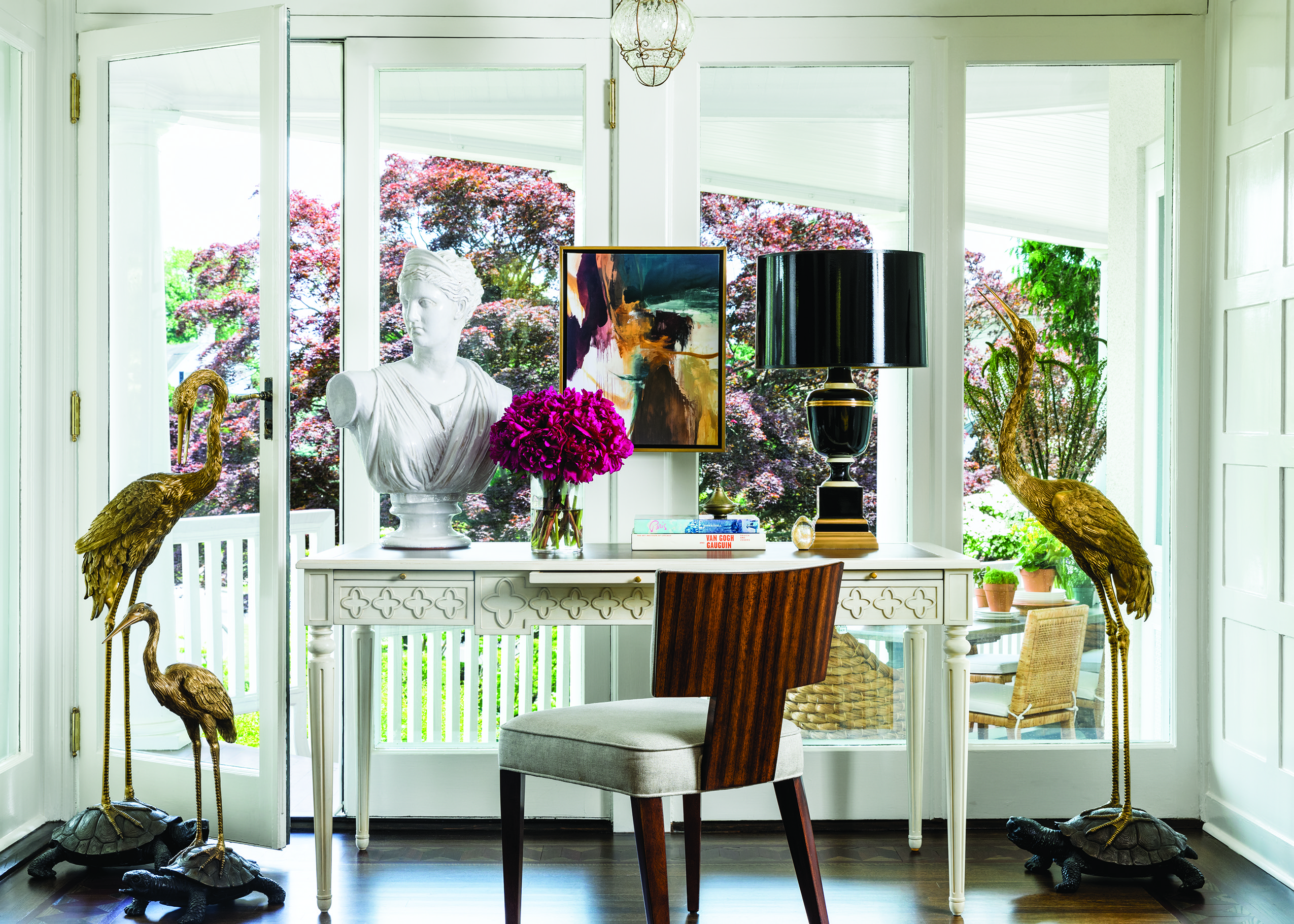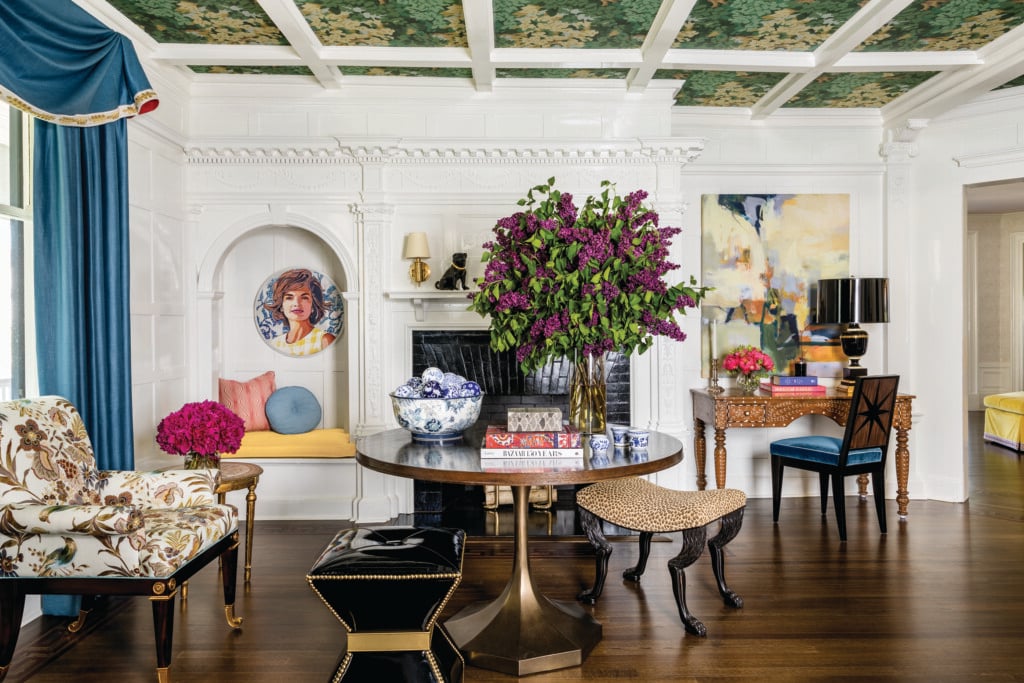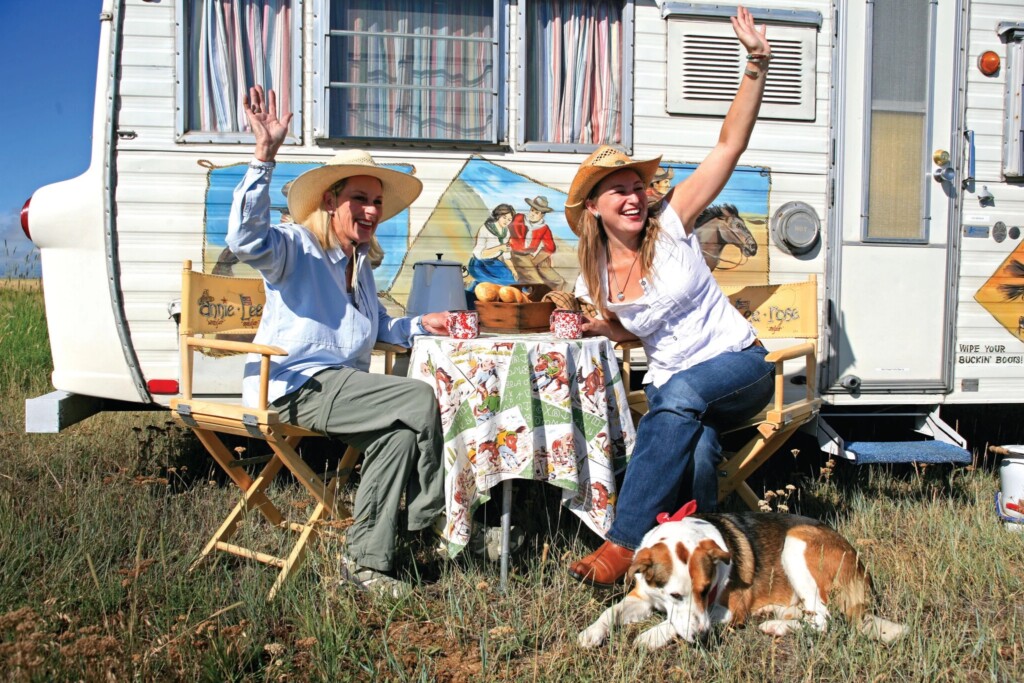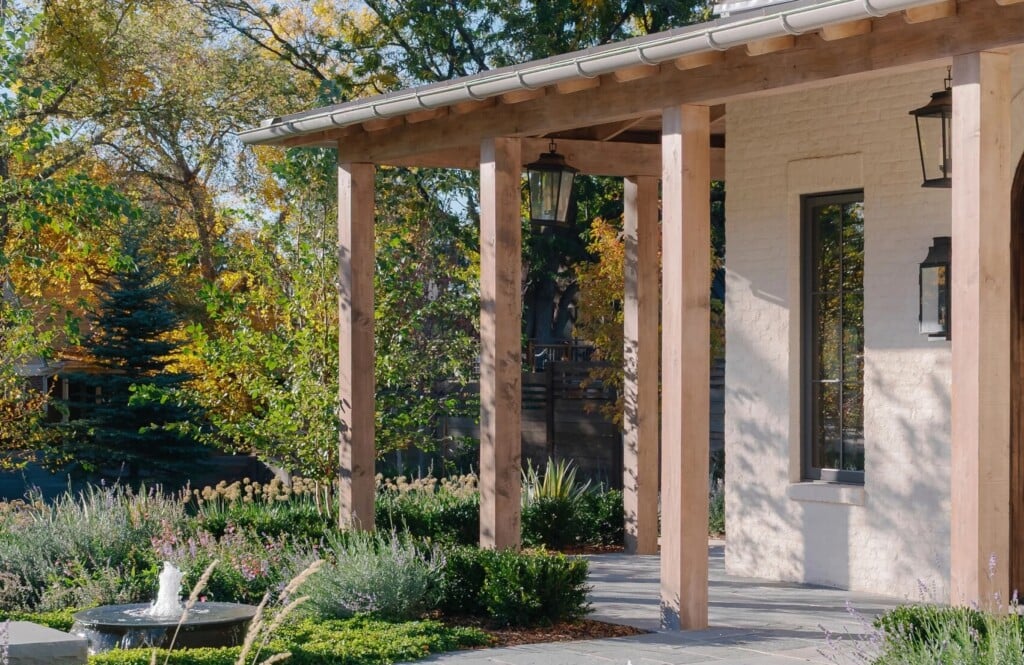Turning the Page: An Interview with Corey Damen Jenkins
The renowned interior designer discusses his second book, Design Reimagined.

Dining Room: Located on a ranch in the hills of Carmel, California, this is the dining room of the Lincoln showhouse Jenkins designed for the unveiling of their new Navigator SUV. | Photo: Andrew Frasz
Design Reimagined is more than a design book. Yes, it delivers sumptuous interiors and expert insight into choreographing design projects, but its center is a human story. Having founded Corey Damen Jenkins & Associates in 2008, the designer built it into an internationally renowned firm only to relocate during the pandemic, changing everything.
Through the renovations and redesigns in Design Reimagined, Jenkins explores the idea of change not only in design, but also in his own life, affirming that change is daunting but not hopeless, painful but not purposeless, inevitable but not final.
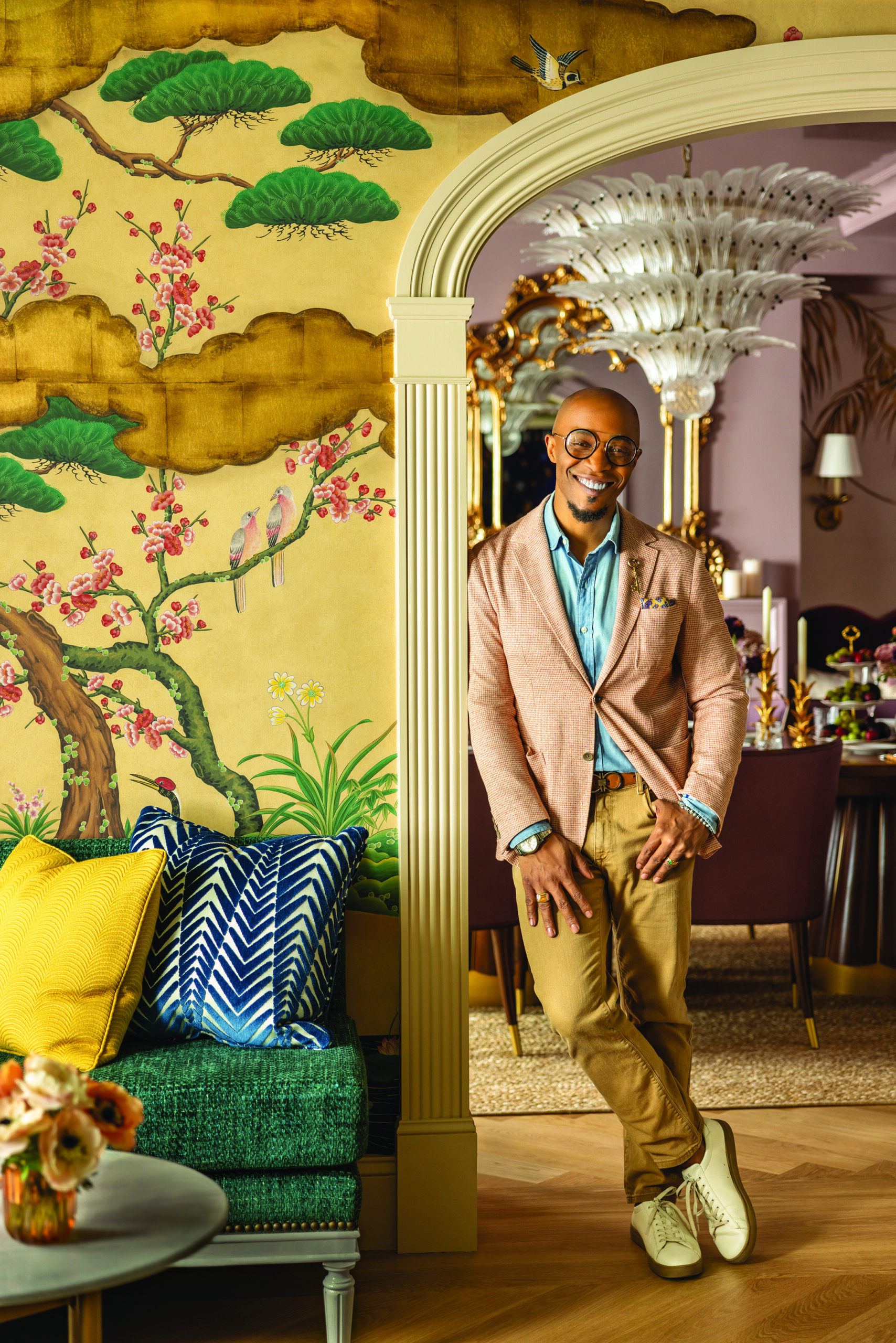
Portrait: “I didn’t want the book to be just pretty pictures of wealthy people’s homes,” says Jenkins. “I wanted it to have heart. I want people to read it and feel inspired and encouraged to take on whatever challenges might be in their lives.” | Photo: Andrew Frasz
CH&L: You hosted the Colorado ASID Awards in Denver this past summer, and your speech echoed some of the themes of the book. Can you tell us about the event?
CDJ: That was a lot of fun. We had over 400 people. It’s a wonderful community, a wonderful area. I gave a few sneak peaks of the book and talked about self-esteem and overcoming imposter syndrome as creatives. We need to remember to take care of our emotional health while we take care of clients’ needs, especially when we work in a world governed by personal opinion.
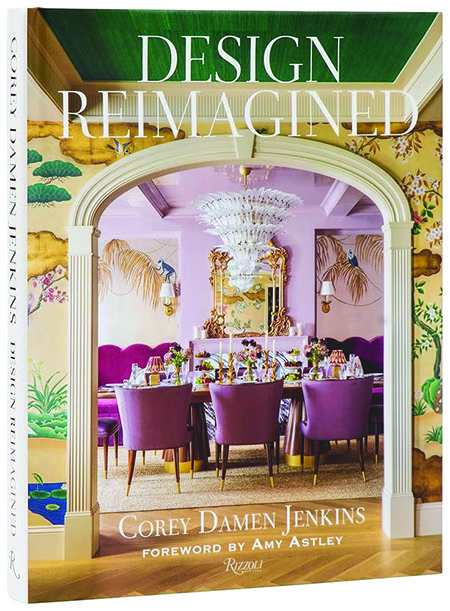
Design Reimagined By Corey Damen Jenkins, $50, Rizzoli, rizzoliusa.com Join Corey Damen Jenkins in Denver as he signs books on Saturday, November 22, 11 a.m.-1 p.m. at Howard Lorton Furniture and Design, 12 E. 12th Ave., Denver.
CH&L: That practice of self-care is one of several important messages at the heart of Design Reimagined. Another is design democracy. What does that phrase mean?
CDJ: It means everyone has a vote. Everyone has a voice. The clients get a chance to share their thoughts and their vision, we share ours, and collectively we create this beautiful outcome. We approach every project from that angle.
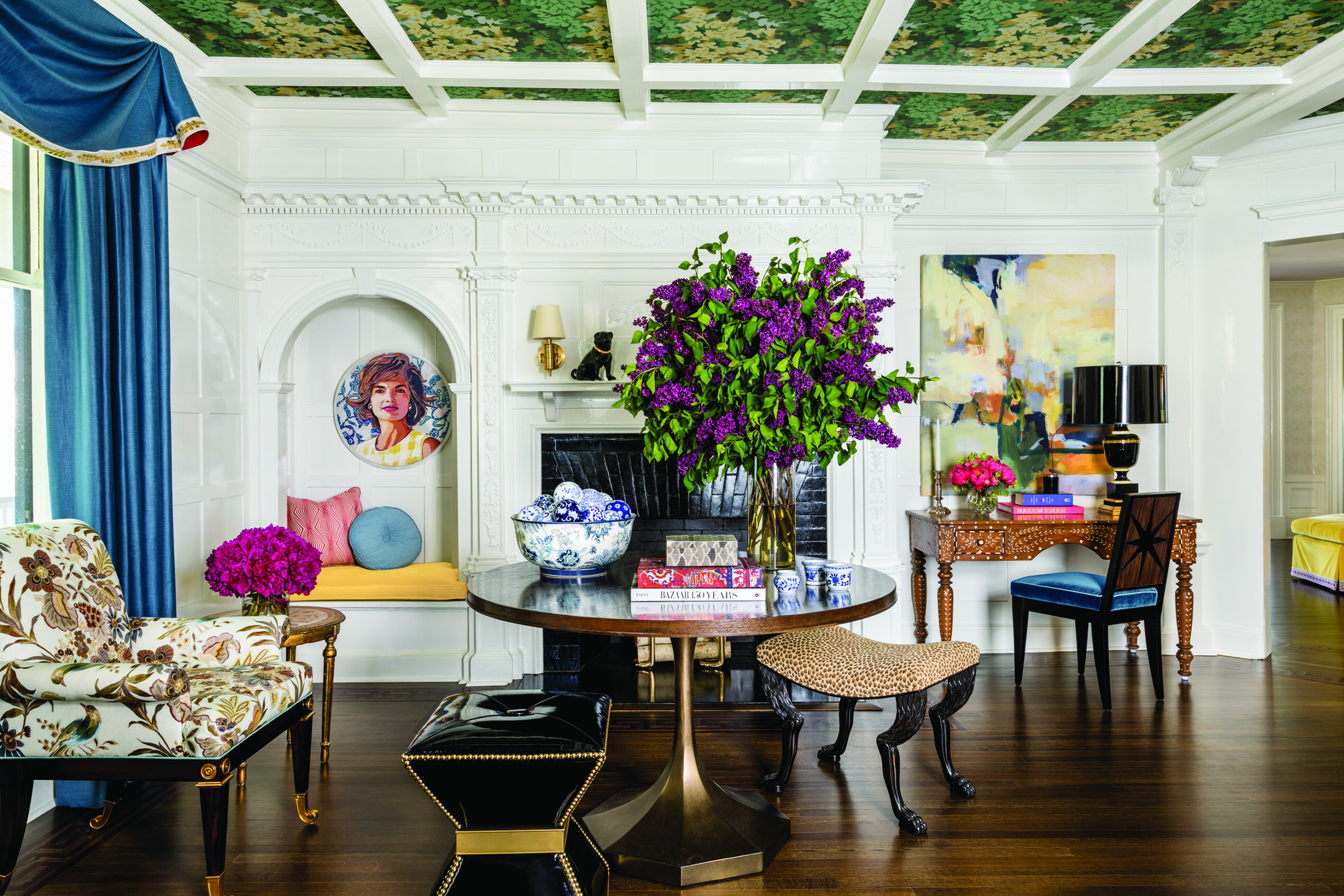
Living Room “The millwork used to be stained,” says Jenkins of this historic home. “But we wanted something brighter. It still respects the story of the original architecture, and visually, those details say so much more with the lacquer.” | Photo: Andrew Frasz
CH&L: How do you reconcile conflicting tastes if a couple disagrees?
CDJ: Like a therapist. Designers wear lots of hats—financial analyst, judge, jury, you name it. The chapter “Diplomatic Mission” is a good example of that. The husband was extremely modern, and the wife was traditional and had heirloom furniture, so I negotiated for them. The project turned out beautifully. It reflects a true balance between modernity and classic traditionalism, and it speaks well of who they are as a couple.
CH&L: Many of the book’s projects marry the old with the new in that way. Why incorporate traditional elements in new spaces?
CDJ: Not only is it environmentally responsible, but there’s also storytelling in pieces that were passed down through generations. There’s nothing to talk about in a room when everything is brand new. Maybe your grandmother’s credenza doesn’t fit your style, but you can change the hardware or you can dip it in a navy-blue lacquer. It’s still that same piece with a story; you’ve just reimagined and made it your own for your own home. There’s a lot of versatility in repurposing vintage and antique pieces.

Bedroom When Sotheby’s approached Jenkins to design a room for their Visions of America sale, he pictured his mother’s dream apartment from the 70s, dubbing the space “Gwendolyn’s Pied-à-Terre”. | Photo: Andrew Frasz
CH&L: That act of reimagining is central to the book—it’s in the title. Where did that philosophy come from?
CDJ: Life is full of change. You have to embrace it. Roll with it. I thought I was done knocking on doors, then I moved to New York. A new market, new clients, new staff, new offices, new opportunities. Getting married, starting a new family. These are all reimaginings of my life. The art of reimagining is the art of embracing change with optimism.


